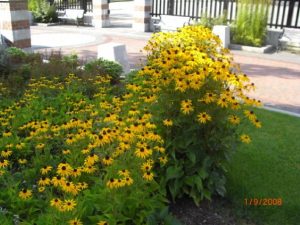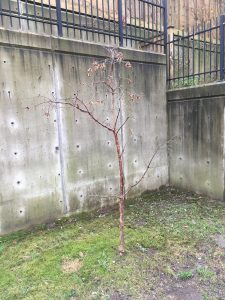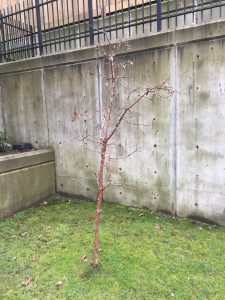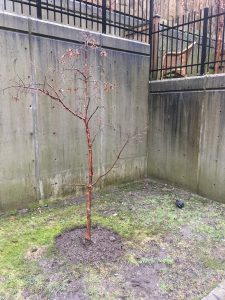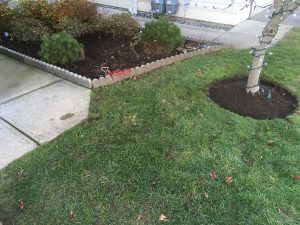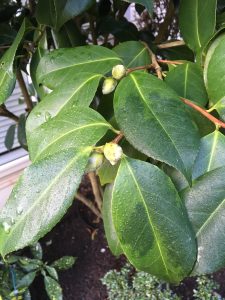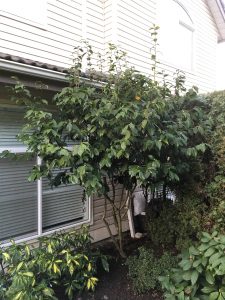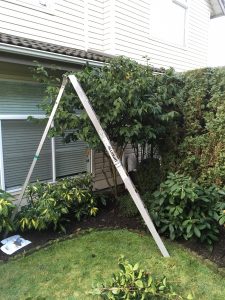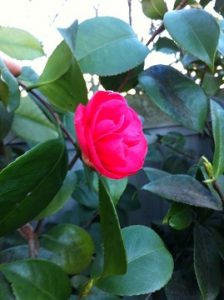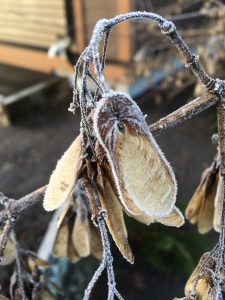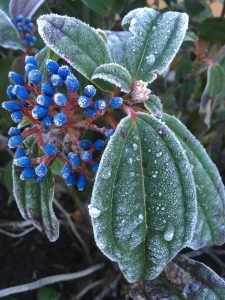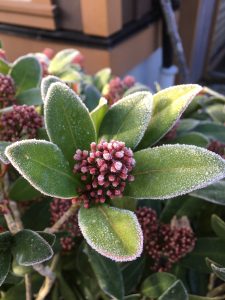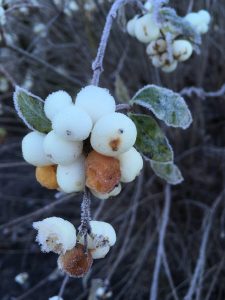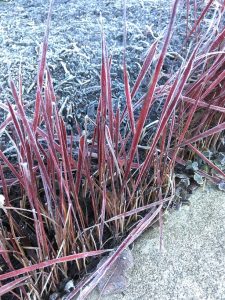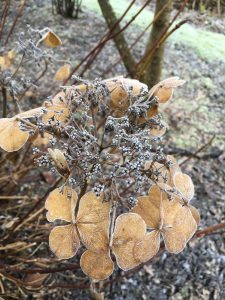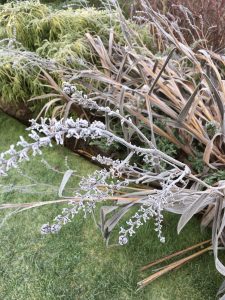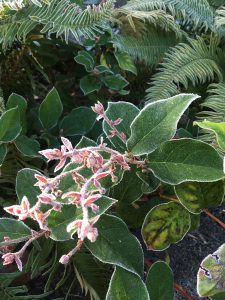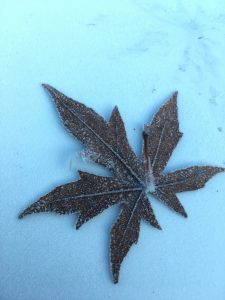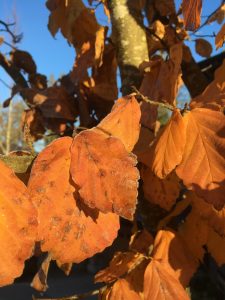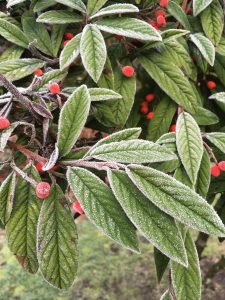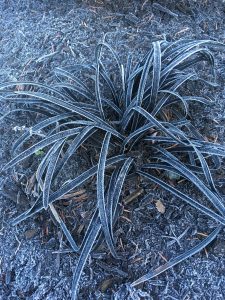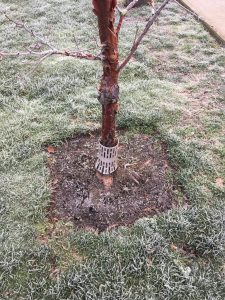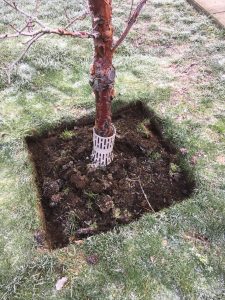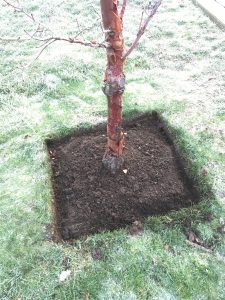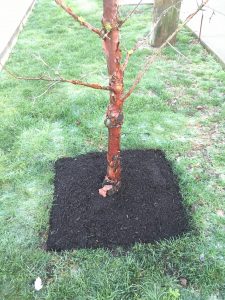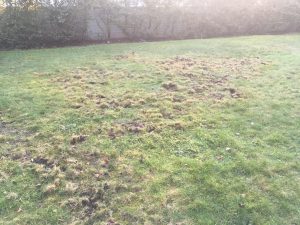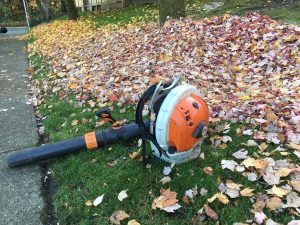I love Black-eyed-Susans (Rudbeckias)! There is something mesmerizing about the yellow perennial flowers with black centers, especially when this perennial is mass-planted. But like Japanese cherry blossoms, it’s a bittersweet experience.
Cherry blossoms are beautiful but sadly, they don’t last very long. Just like life. So enjoy the show and be glad you’re alive. Rudbeckias, on the other hand signal the end of summer. Once the flowers start fading you know summer is ending.
Cowboys
To save time, some landscapers gun down spent Rudbeckia stems with power shears. But since the leaves at the base still look good, the cuts are made high which leaves noticeable spikes. I absolutely detest this practice. And sometimes it gets worse. Landscapers, armed with line edgers, stop at a clump of fading Rudbeckias and proceed to shred the stems. When I witness this on site I openly discourage it. Sometimes I get so excited, I fail to express myself intelligently.
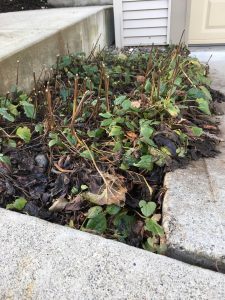
I hate this look. These Rudbeckia stems were sheared in late summer to save time. But once the leaves fade these ‘sticks’ are noticeable. I suggest hand-snipping the spent flower stems so the cuts are hidden inside the greenery. One cut.
Therapy
There is a better way and it hardly takes any extra time at all. And even if it did take a few extra minutes, it’s like top class therapy. More about time later.
It feels great to grab sharp Felco snips on a sunny fall day and dive into mass planted Rudbeckias. You can grab a handful of stems or do it one by one. And note the one important difference: the cuts are made inside the green leafy mound so we don’t get any ‘sticks’ poking up. These ‘sticks’ become even more obvious when the green leaves at the base fade.
I had tons of fun doing it. It was like a thank you job to the Rudbeckias for a great summer show. Minus machine noise and air pollution; and no shredding of stem tissues, just sharp cuts.
Time
If you’re like me and the winter look with sticks poking up bothers you, then you fix it. So really, the quick late fall assault didn’t really save much time. It’s much better to make one nice deadheading cut by removing the stems from inside the leaf base. One cut, not two. And you get quiet therapy to boot. I remember those sunny afternoons well. Sun, sharp Felco snips and gorgeous Rudbeckias.
How do you deadhead your Rudbeckias?


